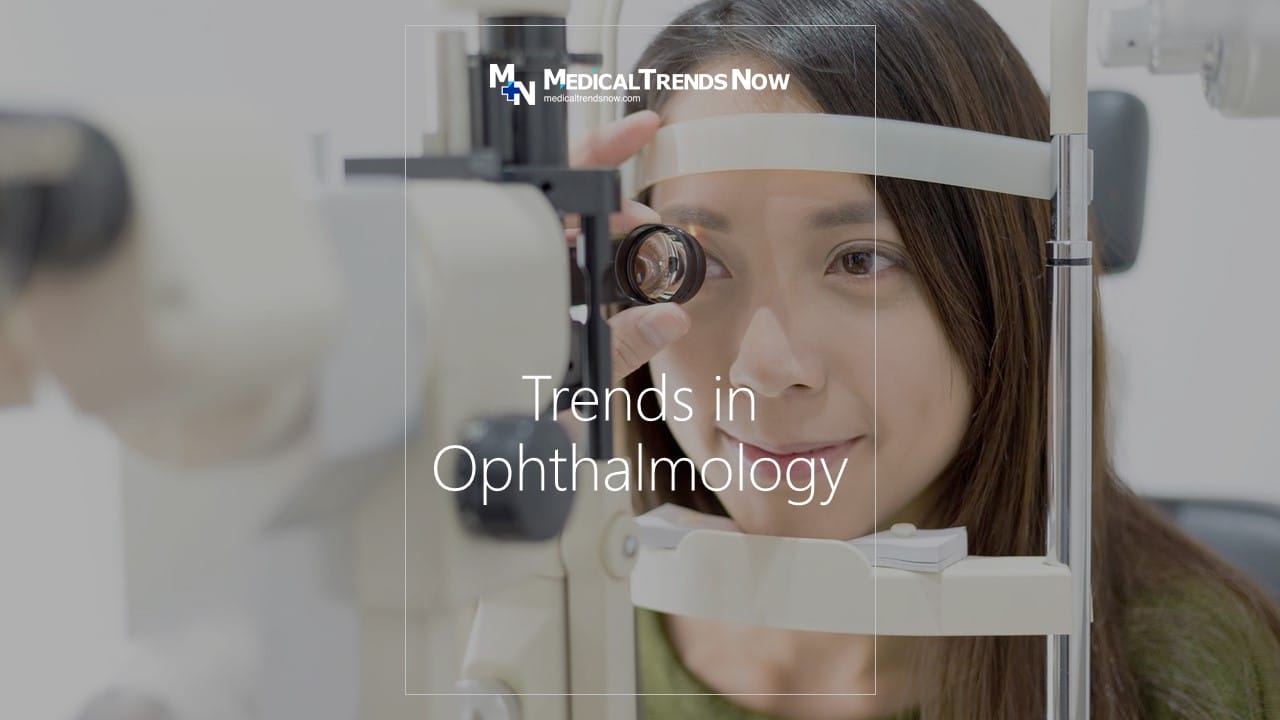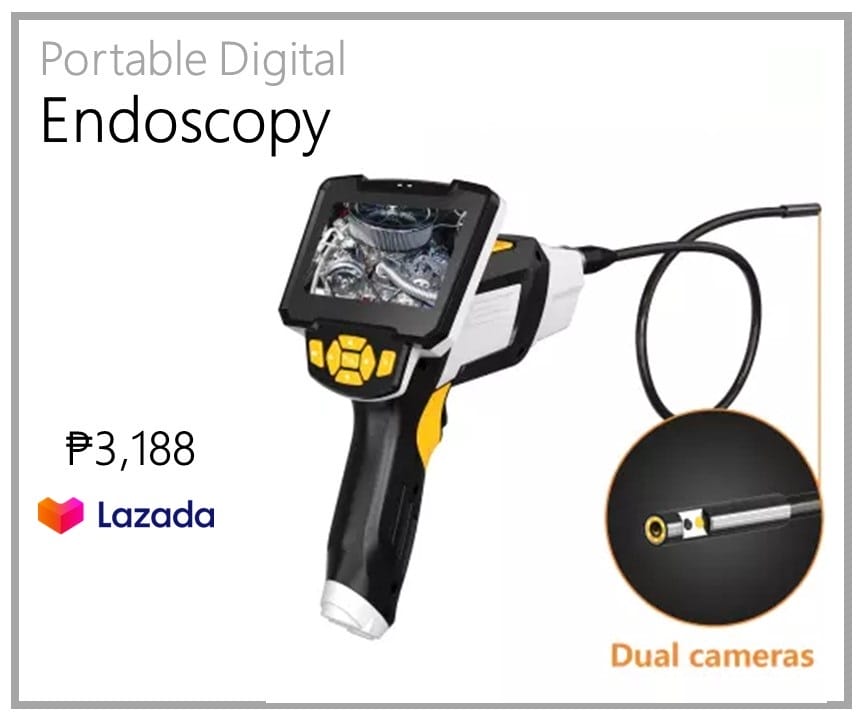Table of Contents
What’s next for eye care? Check out these hot trends in ophthalmology!
As our population ages, the demand for quality eye care will only continue to grow. Fortunately, ophthalmology is a rapidly advancing field, and there are several exciting new technologies and treatments on the horizon.
The field of ophthalmology is rapidly evolving, with new technologies and treatments is developing and will continue to innovate worldwide. In this article, we will look at some of the trends that are shaping the future of eye care.
In ophthalmology, one of the most exciting developments is the use of stem cells to treat eye diseases. Researchers are also exploring new ways to restore vision, including gene therapy and artificial intelligence.
Additionally, there is an increasing focus on preventative measures, such as early detection and treatment of eye conditions.
Here are the top 15 of the hottest trends in ophthalmology
1. Laser Eye Surgery
Laser eye surgery has become a popular option for people looking to improve their vision. Even Taylor Swift had a successful and safe laser eye surgery.
This procedure can correct nearsightedness, farsightedness, and astigmatism.
A highly qualified surgeon will perform the surgery and uses a laser to remove a thin layer of tissue from the cornea.
Laser eye surgery is considered safe and effective, and most patients are happy with the results.
2. 3D Printing – Trends in Ophthalmology
3D printing is the process of making three-dimensional solid objects from a digital model.
Manufacturing and design companies have been using this technology for years, but it is only recently that 3D printers have become small and affordable enough for consumers to own them.
3D printing technology has found its way into the ophthalmology world. This technology is to create medical models and implants.
3D printing can help ophthalmologists plan surgeries and develop customized implants for patients. The technology is to create artificial corneas for patients with eye problems.
3. Ophthalmic Plastic & Reconstructive Surgery
In recent years, ophthalmic plastic and reconstructive surgery have seen a surge in popularity.
This is likely due to the many advances made in this field, which allow surgeons to perform increasingly complex procedures with better results.
As a result, more and more people choose to undergo surgery to improve their appearance and restore their sight.
4. Lifestyle Interventions To Prevent Vision Loss
According to a study recently published in the journal, lifestyle interventions may help to prevent vision loss in adults.
The study found that following a healthy diet, exercising regularly, and not smoking can help to preserve vision in older adults.
While the study was small, the results suggest that these simple interventions may help prevent age-related vision loss.
5. Artificial Intelligence – Trends in Ophthalmology
Artificial intelligence is an umbrella term that refers to any computer system that can learn and work independently.
This technology is being used more and more in various fields, including ophthalmology.
Some of the ways medical doctors use artificial intelligence in ophthalmology include image recognition, diagnosis, and treatment. Artificial intelligence can help physicians diagnose and treat eye diseases more effectively.
6. Trends in Ophthalmology – Vitreoretinal Disorders
The vitreous humor is a clear, jelly-like substance that fills the space between the lens and the retina in the eye. The vitreous humor helps maintain the shape of the eye and provides nutrients to the retina. Several disorders can affect the vitreous humor, including vitreous detachment, vitreous hemorrhage, and cataracts.
These disorders can cause vision problems and may require surgery.
Every year, new advances in the field of vitreoretinal disorders are rising from healthcare professionals. This year is no different, with several new techniques and treatments to help those suffering from these conditions.
One such treatment is a new drug called Eylea, which effectively treats wet age-related macular degeneration. In addition, surgeons are now using a new laser treatment called vitrectomy to remove the blood and other debris from the eye.
7. Retinal Imaging – Trends in Ophthalmology
Retinal imaging has come a long way in recent years. New, advanced technologies are making it easier and faster to diagnose retinal problems and diseases.
This is good news for patients who can now receive treatment sooner rather than later.
Retinal imaging is also being used more frequently in clinical trials as researchers explore new treatments for various eye conditions.
8. Synthetic Cornea Implants
Synthetic cornea implants are a relatively new treatment option for people with corneal blindness.
The implants are biocompatible materials that allow the eye to heal and function normally. Studies have shown that the implants are effective at restoring vision in patients with corneal blindness.
Patients of all ages can use these implants, and they do not require any post-operative care.
9. Robotic Surgery – Trends in Ophthalmology
Robotic surgery is a relatively new technology that has been making its way into operating rooms around the world.
This technology offers surgeons a number of advantages, including greater precision and smaller surgical incisions.
Robotic surgery is particularly well-suited for delicate procedures such as eye surgery. In recent years, robotic surgery has become increasingly popular for the treatment of cataracts and other eye conditions.
10. Visual Psychophysics & Physiological Optics
Visual psychophysics is the study of the relationship between physical stimuli and the psychological sensations they produce. Physiological optics is the study of the optical properties of the eye and their effect on vision.
These two fields of study are closely related, and advancements in one often lead to advances in the other. There have been many exciting new developments in visual psychophysics and physiological optics in recent years, which are paving the way for improved vision care.
We are in the midst of a renaissance in visual psychophysics and physiological optics. Groundbreaking innovations in instrumentation, measurement techniques, and modeling are providing new insights into the workings of the human visual system.
This is translating into novel treatments for vision disorders and improved ways to correct vision problems. Exciting new research is underway on such topics as the neural basis of vision, the genetics of eye disease, and the development of artificial retinas.
11. Cataract Surgery and Lens Implantation
There have been many innovations in Cataract Surgery and Lens Implantation in the past decade. The main procedure for cataract surgery is still the same, but there have been advances in the type of lens implant used and the surgical techniques.
One of the most recent innovations is the development of multifocal lens implants.
These implants allow patients to see clearly both near and far, without the need for glasses.
12. Strabismus – Trends in Ophthalmology
Strabismus, or misaligned eyes, is a condition that has been treated with surgery for centuries.
While the traditional surgical approach to strabismus is still widely used, a number of new innovations are emerging that may provide an alternative to surgery.
These innovations include orthoptic exercises, prism glasses, and Botox injections.
13. Innovations in Vision Research
In recent years, there have been a number of exciting innovations in vision research.
One such innovation is the development of new surgical techniques that can correct vision problems in patients with cataracts. In the past, patients who developed cataracts had to undergo surgery to have their lenses removed and replaced with artificial lenses.
However, new surgical techniques allow surgeons to remove the cataract and replace the lens without having to remove the entire eye.
14. Retinal, Vitreous, And Macular Disorders
Since the early days of retinal and vitreous surgery, significant advances have been developing in treating disorders affecting these regions of the eye.
In particular, novel techniques and technologies are evolving to improve the safety and efficacy of surgical procedures.
This has led to improved outcomes for patients with retinal, vitreous, and macular disorders.
In the past few years, there have been several notable innovations in the treatment of retinal, vitreous, and macular disorders. One such innovation is the development of new drugs to treat age-related macular degeneration (AMD), the leading cause of vision loss in people over the age of 50.
15. Cortical Imaging
In recent years, there have been several innovative developments in cortical imaging.
One of the most promising techniques is called optical coherence tomography (OCT). OCT produces high-resolution images of the retina and other structures within the eye.
This technology has already led to new discoveries about the health of the eye. OCT is quickly becoming one of the essential tools for diagnosing and treating eye diseases.
The use of cortical imaging has revolutionized the method of eye disease diagnostics and treatment. New, advanced technologies are allowing doctors to see inside the eye in unprecedented detail.
This is helping them to better understand the cause and progression of various eye diseases. It is also making it possible to target treatments more accurately.
Conclusion: Trends in Ophthalmology
In conclusion, it is evident that there are many exciting trends in ophthalmology. The advancements in technology and treatments will ensure a bright future for patients and the industry. This means that those with eye diseases and conditions now have access to better treatments and therapies than ever before.
New technologies are also being developed that could help improve the quality of life for those with vision problems. Therefore, everyone needs to be aware of these trends in ophthalmology and keep up with the latest advances in eye care.














